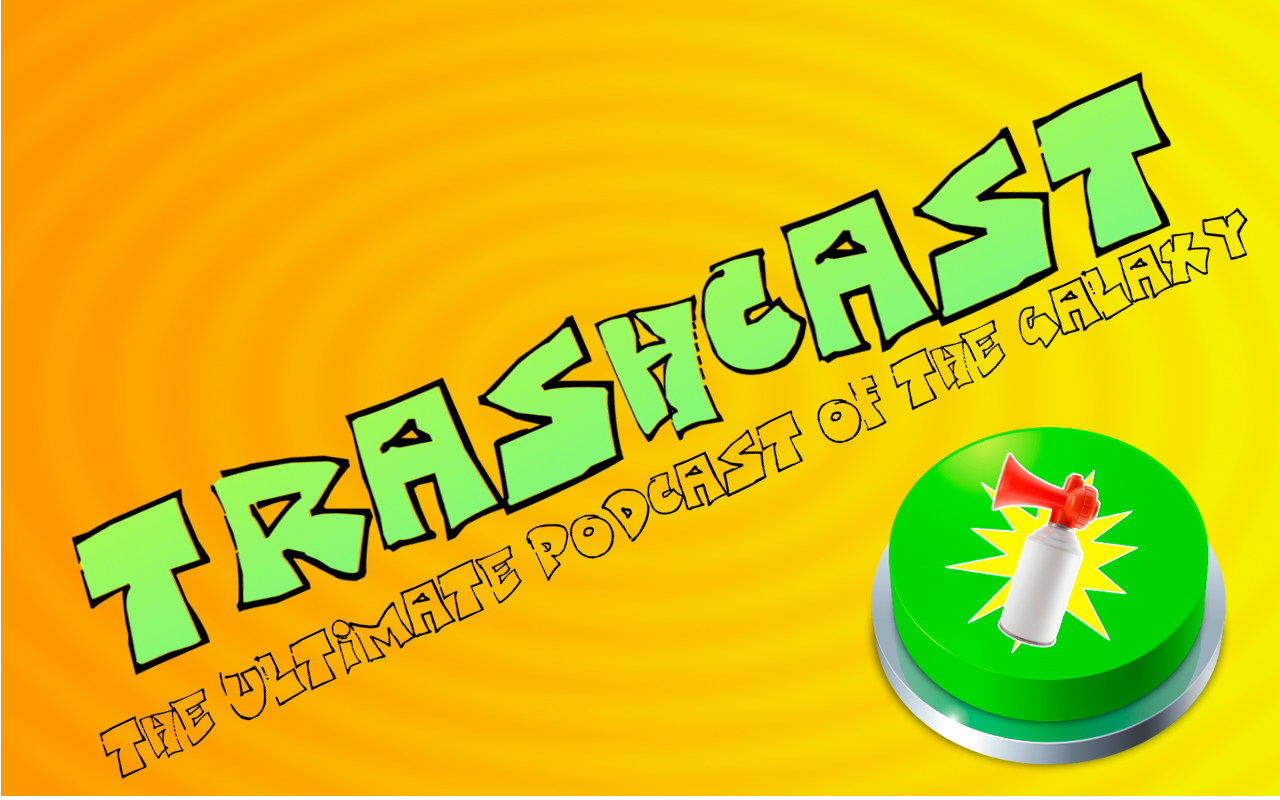Lately I have been noticing a trend in pop culture: the use of nostalgia. Nostalgia is a sentimental longing or wistful affection for an idealised period in the past. I myself am a huge sucker for anything that has to do with nostalgia or guilty pleasure, and I gladly hopped on the trend of 80’s synth music, bell bottom pants and reboots of my favorite TV shows. Nostalgia often gives a sense of comfort and reassurance. Pop culture is an ideal conduit for nostalgia, seeing that the comforting side of nostalgia is easily digestible and marketable.
In 2017 alone, the Hollywood film industry produced approximately 47 reboots, remakes and sequels. In the years around that time and up untill now, plenty of remakes or reboots became popular, for example: Ghostbusters III (2016), Charlie’s Angels (2020), It (2017), a few Disney movies like The Lion King (2019) and Aladdin (2019), and a fair share of TV shows like Friends: The Reunion (2021) and iCarly (2021).

Another huge part of pop culture nowadays also filled to the brim with nostalgia is the music. If you turn on your radio and listen to any (sort of) mainstream radio channel, you will quickly run into 80’s synth pop like in The Weeknd’s Take My Breath (his 80’s inspired cover art displayed above), old school soul influences like in Silk Sonic’s Leave the Door Open and disco elements like in Dua Lipa’s Levitating, her most recent album literally being called ‘Future Nostalgia’. And there are many more songs with these influences. Not only that, many hit songs are straight up remakes with different vocals and an EDM beat of popular older songs, for example: Queen’s Another One Bites The Dust, Gotye’s Somebody That I Used To Know, Earth Wind & Fire’s September, and R.E.M.’s Losing My Religion.
In addition, many fashion items have also made a comeback, inducing nostalgic feelings. From mom jeans to bucket hats, bell bottom pants, and cowboy boots. Trends from the 70’s to the 90’s are more visible than ever. Moreover, actual vintage secondhand clothing is becoming more and more popular amoung teenagers and young adults because of the awareness around climate change and pollution because of the fashion industry. For example, there are countless of Instagram accounts selling secondhand vintage designer brand items.
So why do we like this feeling of nostalgia so much, and why is this a trend now? As mentioned, nostalgia often gives a sense of comfort and reassurance. Many elements in pop culture become almost time capsules for a certain period of time. Even if you are not the biggest pop culture fan, pretty much everyone has heard of the most popular movies, TV shows and singers in pop culture history. Even if we do not realise it, this becomes embedded and intertwined with our memories. Revisiting these media, can transport us to times when we were younger/happier/less worried, etc. I remember as a child I really disliked the silly Dutch sing-along type of songs from the 80’s my mother would put on. Now when I heard these songs at pubs or clubs, I feel delighted and nostalgic about happy times with my mother.
The current global pandemic might explain why nostalgia has become so important in pop culture nowadays. In the 80’s or 90’s the Covid pandemic was not around, and might seem for many teenagers and young adults like a happier period of time, filled with dancing, singing, classic movies, bright colors, and happy people. On social media apps like Tiktok, other decades like the 80’s are often romanticized by hightlighting the well known elements of popular culture at that time. Prior research has even shown that nostalgia can act as some sort of a buffer against existential threats, by offering us hope and inspiration. In addition, individuals challenged by depression or anxiety tend to get lost more often in nostalgic feelings as an escape route. With the pandemic having caused more depression and anxiety problems for many people across all age groups, nostalgic media might function as an escape route to a time before the whole pandemic started.
As a side note, nostalgic feelings in media is not necessesarily a new thing. Fashion trends have been known to come back every twenty to thirty years, along with remakes or reboots of movies not being a new phenomenon. Besides, the whole nostalgic trend started before Covid was a thing. So while it might not explain how this trend came about, the pandemic can potentially explain why this trend has become so big.
Sources
Fashioncapital. (2021, 11 february). Why Nostalgia Is the Megatrend of the 2020s. https://www.fashioncapital.co.uk/insights/why-nostalgia-is-the-megatrend-of-the-2020s/
Johnson, N. (2021, 21 july). The surprising way nostalgia can help us cope with the pandemic. https://www.nationalgeographic.com/science/article/surprising-role-of-nostalgia-during-coronavirus-pandemic
Quiñonez, F. (2020, 19 october). Pop Culture Nostalgia. https://medium.com/fan-fare/pop-culture-nostalgia-784edd25dd92
Sendur, E. (2020, 19 july). Nostalgia and popular culture. https://networks.h-net.org/node/14467/discussions/6136728/nostalgia-and-popular-culture
Sinker, M. (2021). Covid has pushed pop culture into nostalgia. It’s time for something new. The Guardian (Online), The Guardian (Online), 2021-01-11.
Stessman, E. (2021, april 23). Feeling nostalgic? Fashion trends from the ’70s to the ’00s are back. https://www.today.com/shop/fashion-trends-making-comeback-t215789



Recent Comments